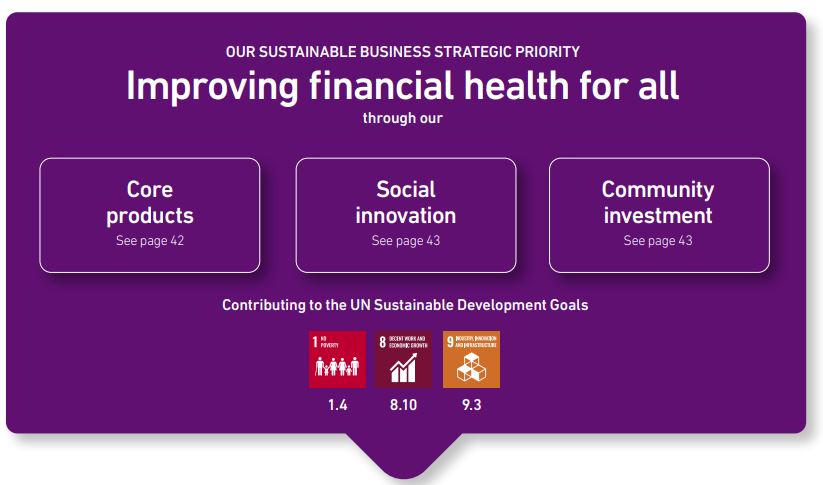In an era where (Double) Materiality is a popular buzzword, a company’s brand reputation has become more valuable than ever. As non-financial reporting requirements expand in scope, companies wishing to maintain their “social license to operate” have a real risk in reporting claims that lack rigor and authenticity. Grand statistics about reaching millions of beneficiaries may sound impressive, but the question that really begs an answer is, “So what?” What impact has been created?
Social Washing, what is it?
Like its environmental counterpart- greenwashing, social washing is the act of presenting a façade of social responsibility and positive impact with unsubstantiated claims or without tangible actions. The emphasis here is in the ability to substantiate and evidence your claims—it need not be as overt as the act of concealing operations in faraway sweat shops; any company can face the risks associated with social washing with claims that lack rigour and authenticity.
Standardised non-financial reporting as an answer
As scrutiny of the ‘S’ actions of a business increases, non-financial reporting regulation has followed suit. Organisations are being called upon to go beyond philanthropy to quantify their impact on society. For instance, in S&P’s Corporate Sustainability Assessment (CSA), community investment activities are now linked to materiality, while emphasising the importance of articulating impact, not just expenditures. In this context, Impact has become the currency of credibility.
Within the European Union, the European Financial Reporting Advisory Group (EFRAG) and the Corporate Sustainability Reporting Directive (CSRD) are driving efforts towards more credible social reporting. The focus here is on a double materiality matrix, encompassing both environmental (E) and social (S) factors, along with governance (G). Specific social issues must be examined and again, with disclosures increasingly centred around impact rather than spending.
Business for Societal Impact (B4SI)—helping you mitigate risk to brand
B4SI is well positioned to assist companies in articulating their impact within this space. As a Global Network of over 150 companies, it provides a common language and robust standard for businesses to measure and manage their Social Impact across community investments, social procurement initiatives, and business innovation projects. Using a simple inputs, outputs, and impacts model, the B4SI Framework allows for a practical impact measurement approach that any company can apply to capture impact data across different programmes and geographies to report aggregated figures on an annualized basis.
4 Steps to Genuine Social Impact Reporting
To combat the risks of social washing, organisations need to embrace a comprehensive approach. Here are some examples of how the B4SI network of companies is taking on this challenge:
1. Clear communication of change: Companies across the B4SI Network are leading the way in articulating not only their spend, but also the tangible impact they have made. Through transparent communication, companies demonstrate their commitment to social impact. In line with the B4SI Framework, the Inditex reporting example below shows what they have contributed; what has happened as a result of those contributions; and what has changed across the activities of their subsidiary brands, regions, and local branches.

** Graph taken from 2022 Community Investment Report depicting Community Investment projects undertaken in FY2021.
2. Risk mitigation through assured data: Many businesses are now working towards ensuring the credibility of their data through third party assurances to comply with new regulatory requirements. B4SI Framework is complimented by our Data Assurance Service in supporting companies to report externally with confidence. We’ve worked with many companies, conducting independent assessments to verify the accuracy and completeness of data in line with the B4SI Framework and latest Guidance. Companies are then furnished with a management report outlining actionable steps for improvements.
3. Authentic integration into material risks: A good way to start a conversation on the social impacts of a company’s activities is by undertaking— and regularly updating—materiality assessments. Companies like B4SI member Nokia have integrated social issues into their materiality matrix, while acknowledging the significance these factors have in shaping their business landscape.

** Segment of Nokia’s new materiality matrix. The diagram shows the topics that are all at present considered most relevant to Nokia’s business and to stakeholders, the economy and the environment
4. A whole business approach: B4SI member, Experian take a holistic approach towards generating lasting impact, leveraging their entire asset base to address social issues. This not only includes community investment, but also the integration of social products and services into their core business operations, demonstrating their commitment as a whole to social responsibility.

** Taken from Experian 2023 Annual Report
The landscape of social responsibility reporting is evolving rapidly. The risks associated with social washing and the demand for credible social impact metrics call for businesses to demonstrate their commitment to genuine social change, not just in words, but in measurable actions and outcomes. The future of social responsibility reporting lies in impact, transparency, and accountability. It’s not solely about what you’re spending; it’s about what you’re changing.
To find out how our network of members are guided and supported by the B4SI team to create social impact and articulate metrics with rigour, contact us via our website here or email us on b4si@corporate-citizenship.com for next steps.
Rayan Chahin, Consultant, B4SI
